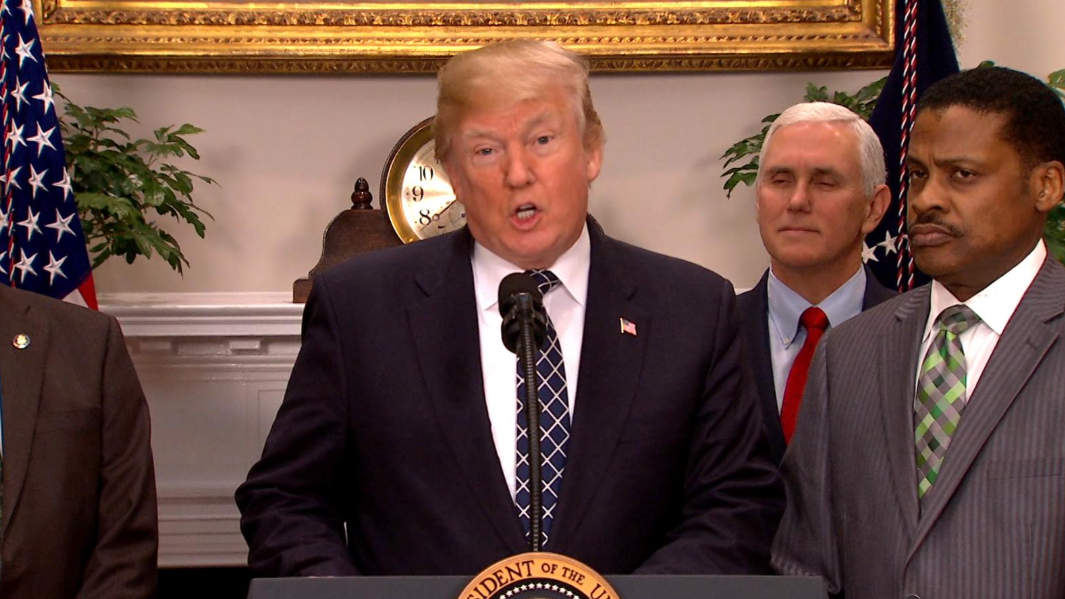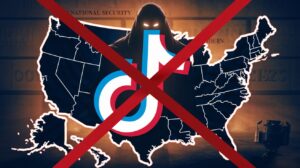Trump’s Cuts to School Diversity Programs Blocked by Federal Judges: What It Means for America is making waves nationwide as U.S. courts deliver a critical decision safeguarding educational rights. In a major legal victory, federal judges ruled against the Trump administration’s attempt to defund public schools supporting diversity, equity, and inclusion (DEI) programs — preserving both educational opportunity and constitutional protections for millions of students.
This article explores why the cuts were blocked, the broader impact on American schools, how states responded, and what it signals for the future of education policy in the United States.
Why Did Federal Judges Block Trump’s Cuts to School Diversity Programs?
The Trump administration had directed the Department of Education to withhold federal funding from schools implementing DEI initiatives, claiming these programs promoted “divisive concepts.” However, judges across multiple jurisdictions — Maryland, New Hampshire, and Washington D.C. — intervened.
Their reasons for blocking the cuts include:
| Reason | Explanation |
|---|---|
| Violation of Free Speech | Schools have a constitutional right to offer diverse curricula. |
| Vague Policies | The administration did not clearly define what activities were banned. |
| Risk to Vulnerable Students | Cuts would have disproportionately harmed low-income and minority students. |
Judges emphasized that federal funding, particularly Title I funds meant for underserved communities, should not be wielded as a tool to control academic content or stifle free expression.
State Governments and Educational Institutions Respond with Legal Action
The federal rulings unleashed a wave of responses from states and educational organizations.
Key highlights include:
- 19 U.S. states, led by California, filed a major lawsuit claiming the federal directive violated both the First and Fourteenth Amendments.
- Over 400 universities issued public statements defending diversity programs and academic freedom.
- Educators’ Unions — including the National Education Association — backed court interventions to protect funding and programming.
According to NPR, legal experts called these collective actions “one of the strongest national defenses of inclusive education in decades.”
How the Court Rulings Impact Public Education Nationwide
These landmark decisions have profound consequences for how schools operate going forward:
| Impact Area | Result |
|---|---|
| Funding Protection | Schools will continue receiving Title I and DEI-related grants. |
| Curriculum Stability | Schools can maintain programs that promote inclusion without fear. |
| Stronger Precedents | Future administrations will face tougher challenges altering DEI programs. |
| Boosted Morale | Students and educators working on diversity feel validated and empowered. |
Understanding the Chain Reaction
Here’s a simple map to show how the court decisions triggered wide effects:
Court Blocks DEI Cuts → States Sue to Protect Schools → Universities Join Publicly → Public Support for Diversity Grows → Education Equality Strengthened Nationwide
This ongoing ripple effect will likely shape U.S. education policy for many years.
Why DEI Programs Are Essential to American Schools
Data shows that:
- Students in diverse educational environments perform better academically and socially.
- Graduates from inclusive programs are 35% more likely to thrive in multicultural workplaces (Pew Research, 2024).
- Exposure to diversity lowers prejudice and improves civic participation rates among youth.
Far from promoting division, DEI programs prepare American students for success in an increasingly interconnected world.
Will Trump’s Influence Still Affect Education Policy in the Future?
Although the court’s decisions provide immediate relief, challenges could continue:
- New executive orders might attempt to frame DEI in different legal terms.
- Congressional movements could introduce laws limiting certain DEI practices.
However, the current judicial precedent is strong, making it very difficult for future efforts to strip funding based on diversity initiatives without facing major legal obstacles.
Final Thoughts: A Historic Win for Educational Freedom and Equality
The federal courts’ decision to block Trump’s cuts to school diversity programs is more than a legal win — it’s a vital affirmation of America’s values.
It ensures that public schools remain places where students of all races, backgrounds, and identities can learn, grow, and succeed together.
Protecting diversity in education is not political; it’s constitutional.
By standing up for these principles, the courts have strengthened democracy itself.
[USnewsSphere.com / npr]





